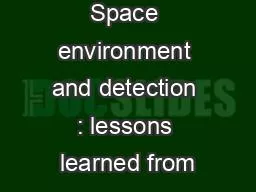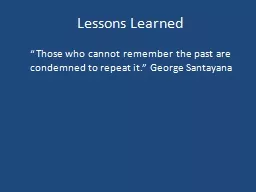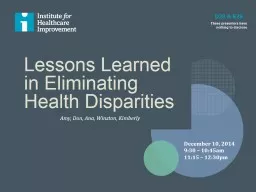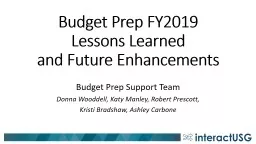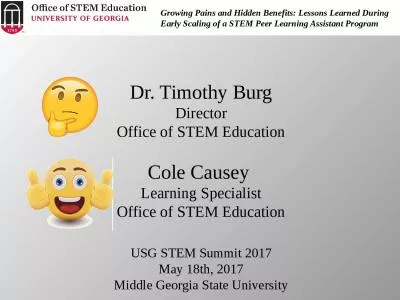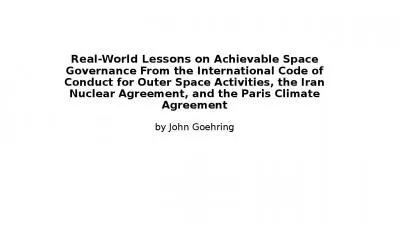PPT-Space environment and detection : lessons learned from
Author : sandsomber | Published Date : 2020-07-03
PLANCKHFI François PAJOT Institut dAstrophysique Spatiale Beyond CoRE June 26 th 2012 Introduction PlanckHFI first mission with NEP 10 17 WHz 12 bolometers
Presentation Embed Code
Download Presentation
Download Presentation The PPT/PDF document "Space environment and detection : lesson..." is the property of its rightful owner. Permission is granted to download and print the materials on this website for personal, non-commercial use only, and to display it on your personal computer provided you do not modify the materials and that you retain all copyright notices contained in the materials. By downloading content from our website, you accept the terms of this agreement.
Space environment and detection : lessons learned from: Transcript
Download Rules Of Document
"Space environment and detection : lessons learned from"The content belongs to its owner. You may download and print it for personal use, without modification, and keep all copyright notices. By downloading, you agree to these terms.
Related Documents

